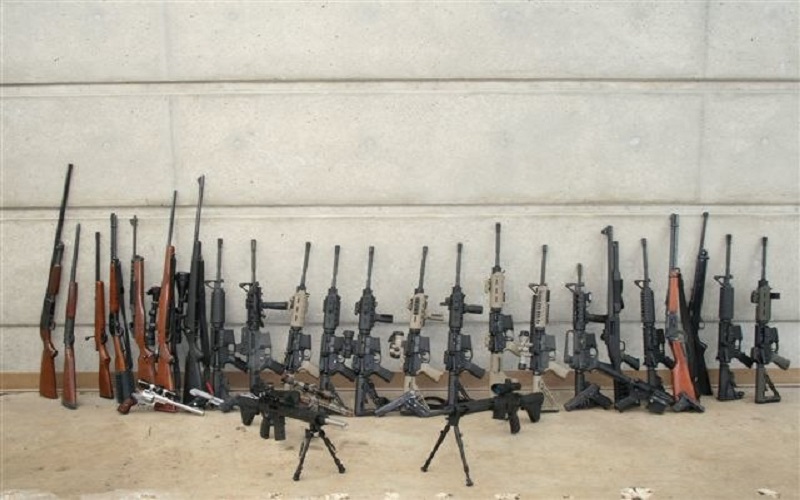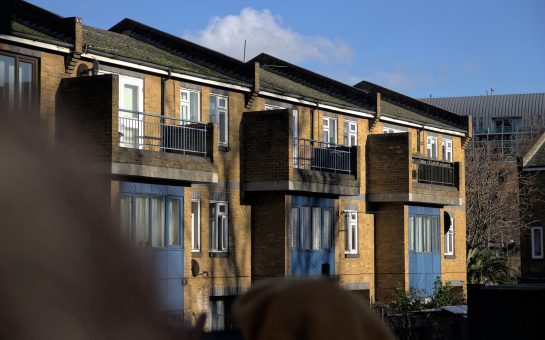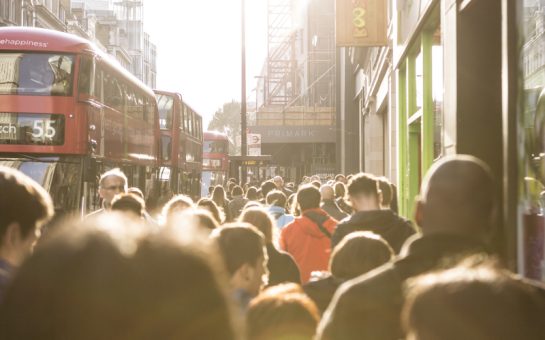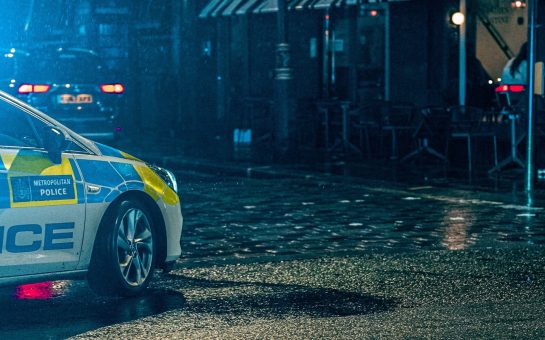Firearm offences across London have gone down by more than two-thirds since 2010, according to the latest data from the Office for National Statistics (ONS).
The 68% decrease is welcome news for Londoners amidst recent events such as the shooting in Clapham on March 1st, with two men having been charged since.
The number of offences recorded where firearms have been used in the capital, excluding air weapons, has decreased from 3,524 in the earliest recorded period between March 2009 and April 2010 to just 1,114 for the latest period between September 2022 and October 2023.
A spokesperson from the Met Police said: ”Tackling violence is our top priority. We know gun crime is closely linked to gangs, drugs markets and organised crime groups in London.
”The likelihood of being a victim of gun crime if you are not connected to these groups is low.
”We are carrying out long-term, intelligence led operations to stop gun crime in its tracks and are working with partners to prevent firearms being brought into the UK.
”We have also been focussing on prevention and diversion, to help people turn away from violence.
”But we can’t do this alone. We can reduce gun crime far quicker if members of the public provide us with information about where firearms are being stored and who they are being used by.
”If you do not want to report to police, you can report to the independent charity Crimestoppers 100% anonymously. It could save a life.”
The number of firearm offences in London excluding air weapons suffered their most dramatic decline during the pandemic, and continued to decline until reaching an absolute low of 1,077 between September 2021 and October 2022.
Since then, they have risen only marginally as they continue to remain low, a trend reflected at national levels across England and Wales.
Though this increase may warrant concern, it is important to be mindful of such statistics, particularly when concerning serious offences such as those involving firearms.
Billy Gazard, head of Acqusitive Crime and Stakeholder Engagement at the ONS, said: “The thing to remember with firearm offences is that they’re all very low volume so any change over time doesn’t necessarily mean big volume change.
“With offences involving firearms, although there’s an increase, it’s a relatively low volume offence so there will be some volatility.
“There’s been an increase this year but you’ll have to wait and see if that’ll continue.”
A firearm offence includes any notifiable offence wherein a firearm has been fired, used as a blunt instrument or used as a threat, and so this analysis excludes firearm possession offences, wherein a firearm has not been used in the course of another offence.
Gazard continued: “When a firearm is used, it’s probably one of the offences that are better recorded.
“They are fairly well-recorded by the police because of the seriousness of them.”
The figures published by the ONS reflect this trend of an overall decrease in firearm offences across all firearms as well as those excluding air weapons.
This is despite a notable rise between March 2014 and March 2019 before decreasing during the pandemic in 2020 and every year after.
Commenting on this increase, Gazard added: “From year ending March 2014 to about year ending April 2019 you’ll see there are increases and that might partly reflect some genuine increase but it’s almost certainly to do with improvements to recording practices.
“In 2014, the HMICFRS (His Majesty’s Inspectorate of Constabulary and Fire & Rescue Services) did an inspection of recording practices across all police forces.
“What they found was that there was some evidence for under-recording of offences, particularly for violent crime.
“Over the last ten years, police forces have been under continual inspection and they’ve been making ground in terms of improving those recording practices and making sure that they record those offences.”
While firearm offences might be down both across London and national level, there remains reason for concern relating to violent crime, with offences such as those involving knives and other sharp instruments on the rise.





